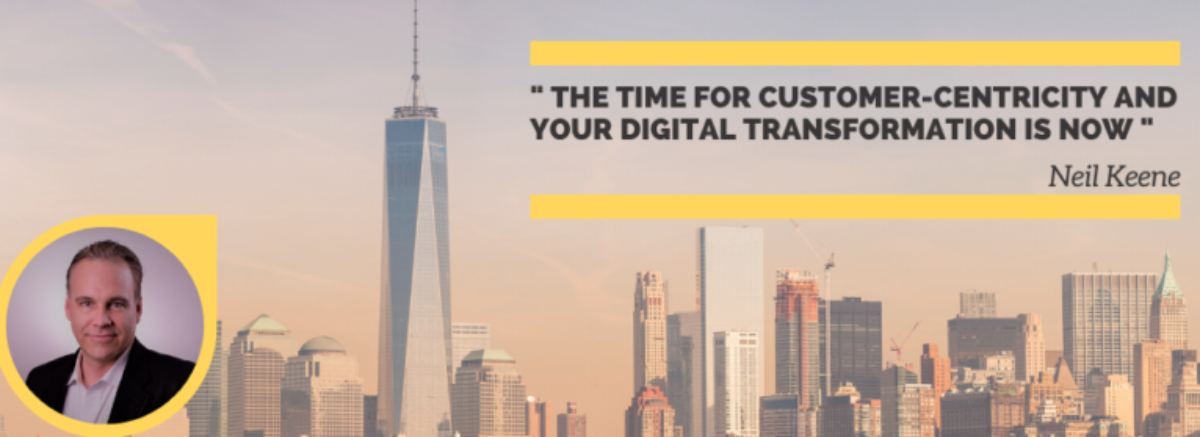I like to ask, “What’s your system and how does it work?” In my time studying system thinking with Jamshid Gharajedagi, I transformed my thinking about organizational change for the future. If you haven’t read his book, “Systems Thinking, Managing Chaos and Complexity. A Platform for Designing Business Architecture”, I strongly recommend you check it out: Systems Thinking. I believe and still adopt today that the 1st step of taking on any project is to define the mess. Specifically, we need a preconceived understanding of the whole before we attempt to fix all of the parts of our mess.
This process cannot simply be a partial definition as is often thought for omnichannel solutions today, such as software, platform or strategy. If you only understand 1 or 2 parts of your mess, you will ultimately fail in your attempts to build an Omnichannel system that works for your organization. In attempts at a quick sales and marketing solution, practitioners often gravitate towards a software solution in the endless complexity of driving towards some demonstration of progress. We are all searching for the most effective way to create a connection with key customers, the intention is always there. However, the 1st step of this search needs to be understanding and defining the mess to find the optimal solution to implement success. We all know and have heard about how to achieve success in customer engagement through content management, implemented through system platform and software solutions. However, none of this can be achieved without understanding your ‘mess’ – a stepwise process that begins with defining the mess will create a pattern of thinking for yielding the ultimate Omnichannel solution we are all trying to achieve. Think back in your career. We have all engaged in projects lead by well-meaning consultants where we participate in a discovery process which is quickly turned into the project plan. A project plan without willing participants and shared values is like a smartphone without an OS. It makes a good drink coaster…
I knew people who worked at the company known as Bear Stearns, there were some very smart people working at that firm which was in business since 1923. In November of 2006 Kyle Bass met with Bear Stearn’s entire risk management committee and walked them through a 90 minute presentation related to the risks of their completely over-leveraged holdings. Check out this interview: I did not want to see Bear Stearns go down
The leadership of very smart professionals listened and really hoped he was wrong. We all know what happened to Bear Stearns in a matter of days beginning in March of 2008. There are many other examples in business history where leadership refused to understand the need for change or ignore risks in the face of adversity. It was always understood at BP that you could get fired if you raised safety concerns that might delay drilling: Rig warning signs
The point I’m trying to make is if you don’t think there is a mess, you won’t evaluate how to find a solution and failure is inevitable. Some good places to start in your new journey: What are the drivers of your current system? How are key interactions behaving and where? Finally, make certain you are not afraid to ask the tough question – Is the architecture of your company department and/or your system, operating optimally for your team to achieve sales and marketing goals? Ask yourself and your team – How well have we defined our ‘mess’?
The Value of Defining Your Omnichannel ‘Mess’



One thought on “The Value of Defining Your Omnichannel ‘Mess’”